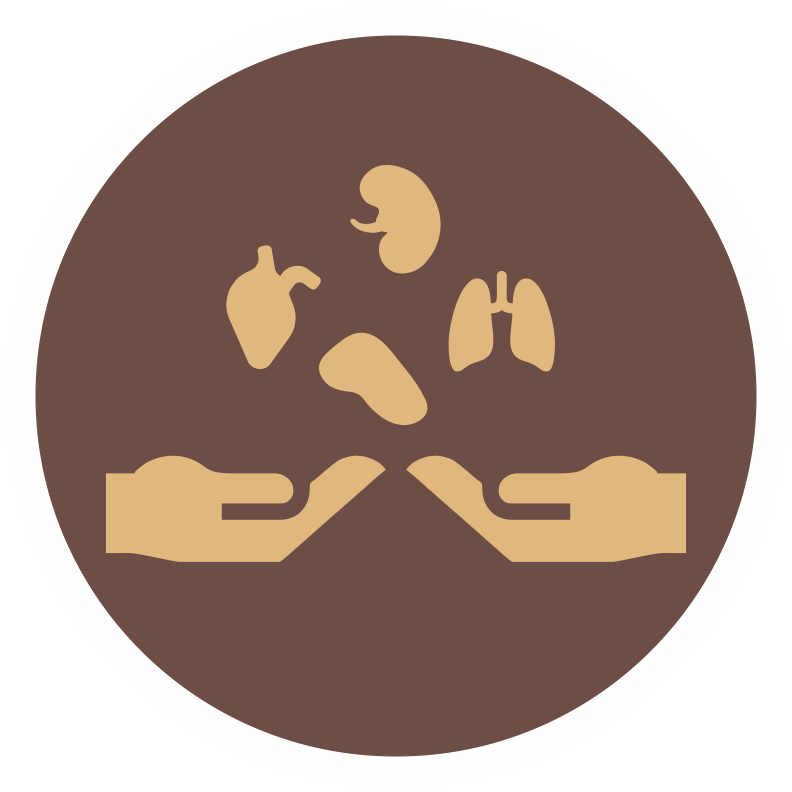- Our Doctors
- Our Specialities
Centres of Excellence
-
 Centre for Blood Diseases, BMT & Cancer Immunotherapy
Centre for Blood Diseases, BMT & Cancer Immunotherapy -
 Centre for Bone, Joint & Spine
Centre for Bone, Joint & Spine -
 Centre for Critical Care Medicine and ECMO Services
Centre for Critical Care Medicine and ECMO Services -
 Centre for Gastrosciences
Centre for Gastrosciences -
 Centre for Heart & Vascular Care
Centre for Heart & Vascular Care -
 Centre for Nephro-Urosciences
Centre for Nephro-Urosciences -
 Centre for Neurosciences
Centre for Neurosciences -
 Centre for Obstetrics and Gynaecology
Centre for Obstetrics and Gynaecology -
 Centre for Organ Transplantation
Centre for Organ Transplantation
Super Speciality
-
 Advanced Diagnostic and Interventional Radiology
Advanced Diagnostic and Interventional Radiology -
 Anesthesiology & Pain Management
Anesthesiology & Pain Management -
 Clinical Nutrition and Dietetics
Clinical Nutrition and Dietetics -
 Dental and Maxillofacial Surgery
Dental and Maxillofacial Surgery -
 Dermatology
Dermatology -
 Emergency and Trauma
Emergency and Trauma -
 Endocrinology and Metabolic Disease
Endocrinology and Metabolic Disease -
 ENT and Head & Neck Surgery
ENT and Head & Neck Surgery -
 Family Medicine
Family Medicine -
 General and Laparoscopic Surgery
General and Laparoscopic Surgery -
 General Medicine
General Medicine -
 GI Onco Surgery
GI Onco Surgery -
 GI Oncology
GI Oncology -
 GI Surgery, Advanced Laparoscopy and Gastro Oncosurgery
GI Surgery, Advanced Laparoscopy and Gastro Oncosurgery
-
- Key Procedures
- Our Hospitals
- International Patient
- Contact us
-
Quick Links


Angiography
Angiography is a medical test which uses an X-ray and a contrast dye to examine the condition of the arteries, veins, and other blood vessels carrying blood to different parts of the body. This procedure helps diagnose and evaluate a wide range of vascular conditions.
Latest Developments in Structural Heart Disease Interventions | Dr. Asish Kumar Mandalay
Conditions Treated
Angiography is commonly used to diagnose and guide treatment for conditions such as:
Meet Our Doctors
Dr. Shajudeen Kayakka...
Senior Consultant - C...
Centre for heart & vascular ca...
View Profile Book an AppointmentDr. Shreetal Rajan
Senior Consultant –...
Centre for heart & vascular ca...
View Profile Book an AppointmentFrequently Asked Questions:
Are there any risks or side effects associated with angiography?
Like any medical procedure, angiography carries some risks. These can include allergic reactions to the contrast dye, bleeding or infection at the catheter insertion site, damage to blood vessels, or radiation exposure from X-ray imaging. However, healthcare providers take precautions and closely monitor patients during the procedure to minimize risks. The benefits of angiography in diagnosing and guiding treatment for vascular conditions often outweigh the potential risks. Healthcare professionals will discuss the risks and benefits of angiography with each patient, addressing any concerns and ensuring informed decision-making.
What is angiography, and how does it work?
Angiography is a diagnostic procedure that uses X-ray imaging and contrast dye to visualize the blood vessels in the body. A thin tube called a catheter is inserted into a blood vessel, and the contrast dye is injected, highlighting the blood vessels on X-ray images. This allows healthcare providers to evaluate the condition of arteries, veins, and other blood vessels and detect any abnormalities or blockages.
Who is eligible for angiography?
Eligibility for angiography depends on individual circumstances and the specific medical condition being evaluated. It is typically recommended for individuals experiencing symptoms such as chest pain, unexplained limb pain, stroke symptoms, or suspected vascular abnormalities. Healthcare providers assess each case to determine the necessity and appropriateness of angiography, considering factors such as medical history, symptoms, and the potential benefits of the procedure.

 +91 9393 108 108
+91 9393 108 108


















































